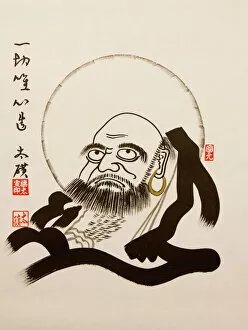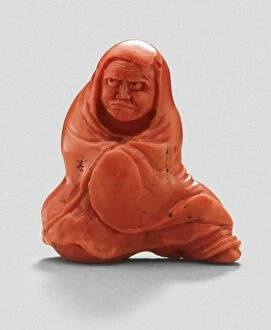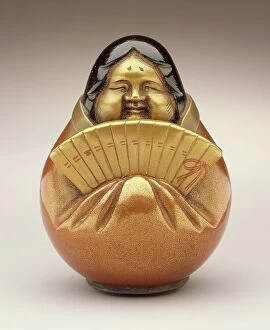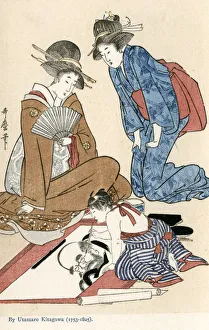Bodhidharma Collection
"Bodhidharma: The Zen Master Who Crossed Rivers on Reed in Seoul, South Korea" Discover the enigmatic figure of Bodhidharma
All Professionally Made to Order for Quick Shipping
"Bodhidharma: The Zen Master Who Crossed Rivers on Reed in Seoul, South Korea" Discover the enigmatic figure of Bodhidharma, a legendary Buddhist monk who made his mark in Asia. Born in India and revered as the founder of Zen Buddhism, Bodhidharma's influence reached far beyond borders. In Seoul, South Korea, his teachings continue to inspire seekers of enlightenment. Dating back to c. 1550, an intriguing artwork named "Daruma" captures the essence of Bodhidharma's journey across rivers on reeds. Created by an unknown artist, this piece symbolizes his determination and unwavering faith. The artistry surrounding Daruma flourished over time. Suzuki Harunobu's masterpiece from 1765 depicts Daruma seeking solace with a young woman amidst rainfall – a poignant reminder that even enlightened beings experience human emotions. In another work by Suzuki Harunobu from c. 1767/68, we witness Daruma gazing at his reflection. This introspective portrayal invites contemplation on self-awareness and inner growth. Suzuki Harunobu further explores Daruma's multifaceted nature through "Giving Daruma a Smoke" (1765). This captivating image showcases the bond between master and disciple while highlighting their shared moments of tranquility. Jakuchu Ito's depiction of Daruma adds depth to our understanding with its intricate details from the early 18th century. The painting captures both serenity and wisdom embodied by this spiritual icon. Okumura Masanobu introduces us to Sakata Kinpira Nyudo – an early 18th-century representation that pays homage to Bodhidharma's legacy through vibrant colors and meticulous brushwork. Unkoku Togan presents us with a mesmerizing portrait dating back to the early 17th century; it encapsulates not only Bodhidharma’s physical appearance but also reflects his profound spiritual presence.























